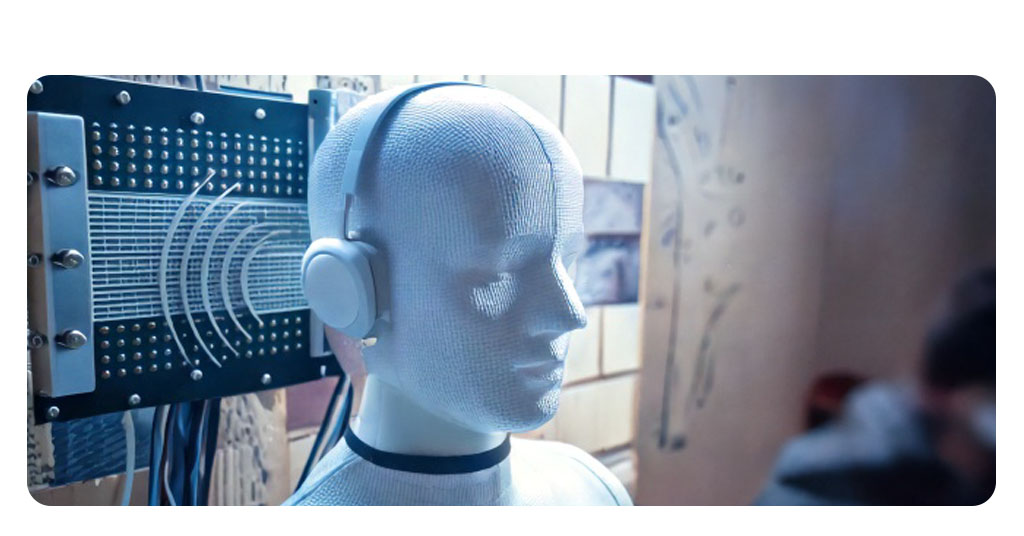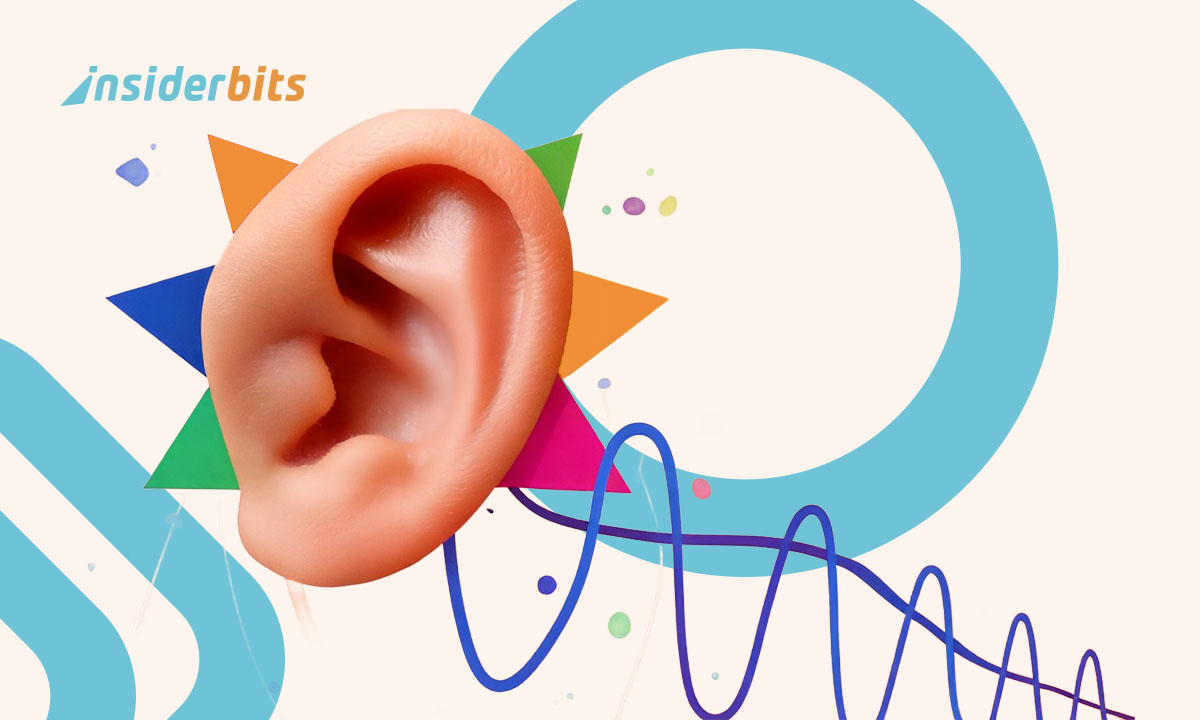A groundbreaking audio innovation is emerging—Audible Enclaves, a technology that delivers personalized sound directly to individuals without headphones.
This cutting-edge system uses precise wave manipulation to create “sound bubbles”, allowing audio to reach only intended listeners while remaining inaudible to others nearby.
As this technology develops, it promises to transform how we experience sound in public spaces, workplaces, and beyond.
What Are Audible Enclaves and How Do They Work?
Audible Enclaves utilize advanced acoustic engineering to direct sound waves with unprecedented precision. The technology combines:
- Ultrasonic carrier waves that travel through air;
- Nonlinear acoustic effects that make sound audible only at specific points;
- Real-time tracking that follows listener positioning.
According to research from Penn State University, the system can create multiple independent sound zones in the same physical space. Unlike traditional speakers that broadcast sound omnidirectionally, Audible Enclaves technology enables:
- Private audio delivery in public areas;
- Multiple simultaneous audio streams in shared spaces;
- Sound that automatically follows moving listeners.
The Future of Audio Privacy and Personalized Sound
This innovation could make headphones optional for many scenarios. The Proceedings of the National Academy of Sciences highlights how Audible Enclaves maintain speech privacy at distances under two meters—critical for:
- Confidential business discussions in open offices;
- Personal device audio in shared workspaces;
- Museum exhibits with individualized commentary.
Unlike bone conduction or other personal audio solutions, this technology requires no wearable devices, creating truly frictionless private listening experiences.
Everyday Uses for Audible Enclaves Technology
Audible Enclaves technology is revolutionizing personal audio experiences by enabling sound to be delivered to specific individuals without the need for headphones.
This innovation utilizes self-bending ultrasound beams and nonlinear acoustics to create localized pockets of sound, or “enclaves,” that are audible only at designated locations. Such advancements open up a myriad of applications across various sectors:
Transportation
- Personalized entertainment systems on planes and trains;
- Private navigation instructions in crowded areas;
- Multilingual public announcements.
Retail and Hospitality
- Customized product information in stores;
- Restaurant menus with audio descriptions;
- Hotel room audio that doesn’t disturb neighbors.
Workplace Applications
- Private phone calls in open offices;
- Individualized meeting audio in conference rooms;
- Focus-enhancing soundscapes for individual workers.
As noted by The Hindu, early adopters include high-security facilities and luxury automotive manufacturers implementing in-car audio zones.
How It Could Revolutionize Public Spaces
The introduction of Audible Enclaves technology promises to fundamentally transform our shared environments by creating a new paradigm of sound management in public spaces.
This innovative approach to audio delivery could effectively eliminate the concept of noise pollution in communal areas while simultaneously enhancing accessibility and personalization.
Redefining Quiet Spaces
Traditional quiet zones like libraries and study areas face constant challenges balancing assistance needs with noise restrictions. With Audible Enclaves:
- Librarians could provide research guidance that only the asking patron hears;
- Study groups could receive whispered assistance without disturbing nearby readers;
- Audiobook stations could operate without requiring physical headphones.
This maintains the serene atmosphere while making information more accessible. The technology’s precision ensures sound remains contained within a 1-2 foot radius of the intended listener, as detailed in PNAS research.

Transforming Cultural Experiences
Museums and galleries stand to benefit dramatically from this spatial audio technology:
- Exhibit narrations could activate automatically when visitors approach displays;
- Different language options could be delivered to international visitors simultaneously;
- Accessibility audio could describe visuals for visually impaired guests without requiring handheld devices.
This creates more immersive, personalized experiences while eliminating the current clutter of audio guide equipment and tangled headphone wires.
Revolutionizing Public Transit
Transportation hubs and vehicles could implement Audible Enclaves to:
- Deliver personalized boarding announcements to specific passengers;
- Provide real-time transit updates that only relevant riders hear;
- Enable quiet zones where passengers can opt out of all public audio.
As noted in The Conversation’s analysis, this could make public transit simultaneously more informative and less stressful for passengers.
Commercial Applications
Retail environments could leverage this technology for:
- Product information that plays when customers approach displays;
- Personalized promotions based on customer profiles;
- Staff communication that doesn’t disturb shoppers.
The Future of Shared Spaces
Looking ahead, Audible Enclaves could enable:
- Restaurants where each table has its own music selection;
- Parks with location-based audio tours;
- Waiting areas where people enjoy personal entertainment without headphones.
While the technology is still emerging, its potential to create “acoustically customizable” environments represents a significant leap forward in how we design and experience shared spaces.
For those interested in current alternatives to traditional headphones, our guide to headphone-free sound enhancement explores available options that bridge the gap until this technology becomes widely available.
The implementation of Audible Enclaves in public spaces will require careful consideration of audio zoning, user controls, and accessibility standards, but the potential benefits for noise reduction and personalization make it one of the most promising developments in acoustic technology.
As the systems become more refined, we may see a new era where public spaces become simultaneously quieter and more informative than ever before.
Ethical Concerns Around Sound Personalization
While promising, Audible Enclaves raise important questions:
- Consent challenges for public audio targeting;
- Surveillance potential of sound beam tracking;
- Social fragmentation risks from hyper-personalized environments.
VICE warns about potential misuse for subliminal messaging or unauthorized audio projection.





